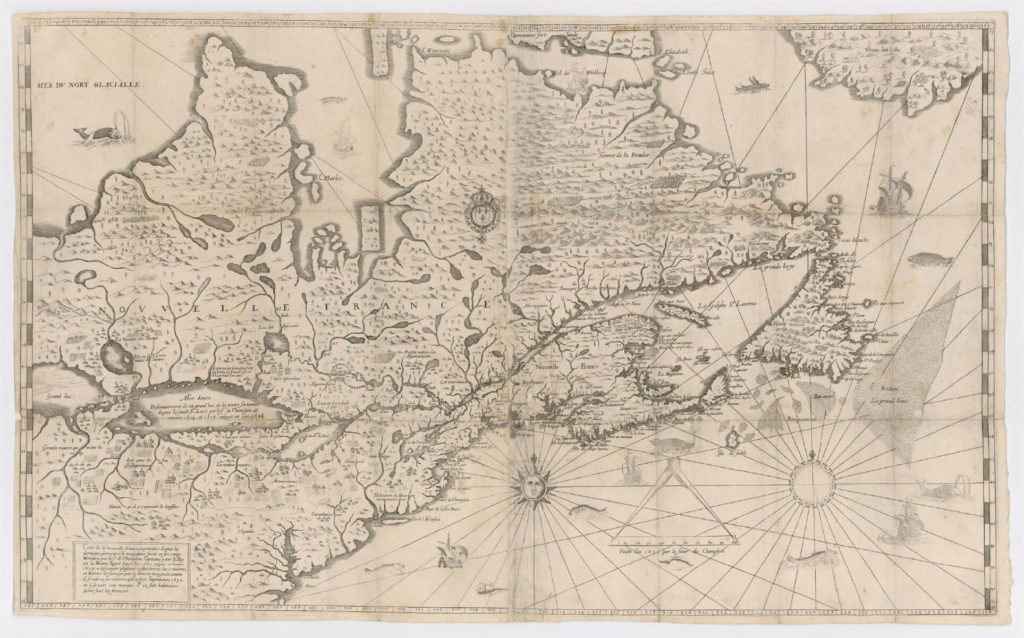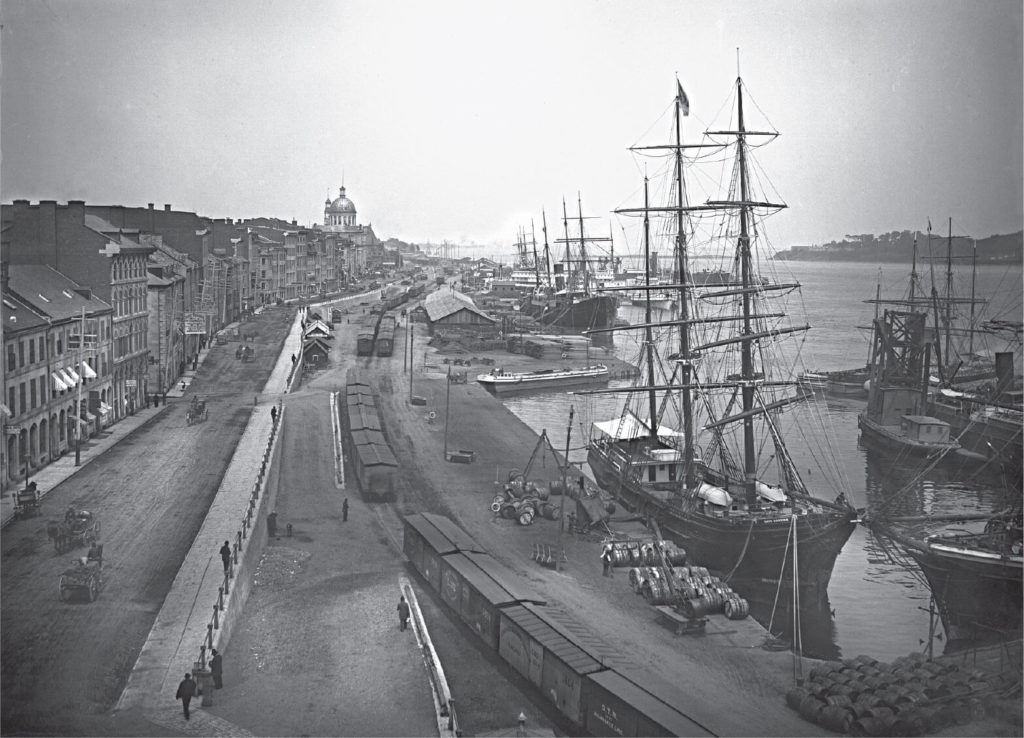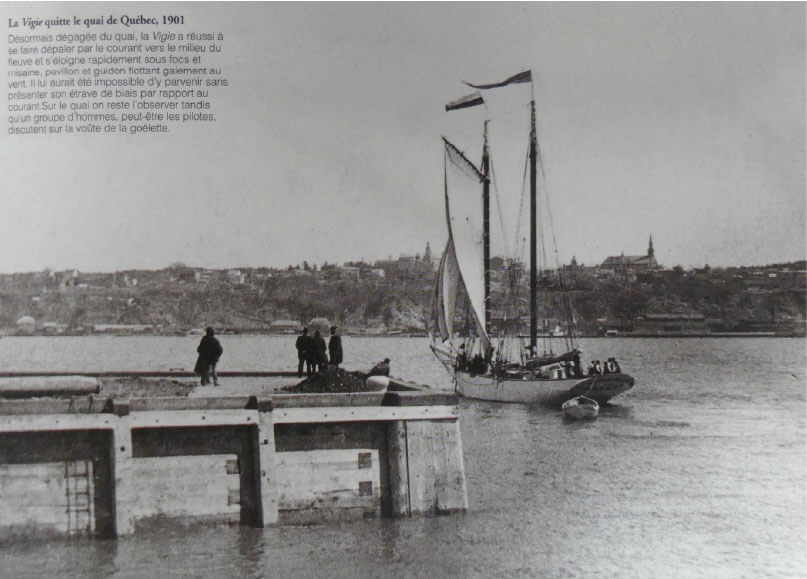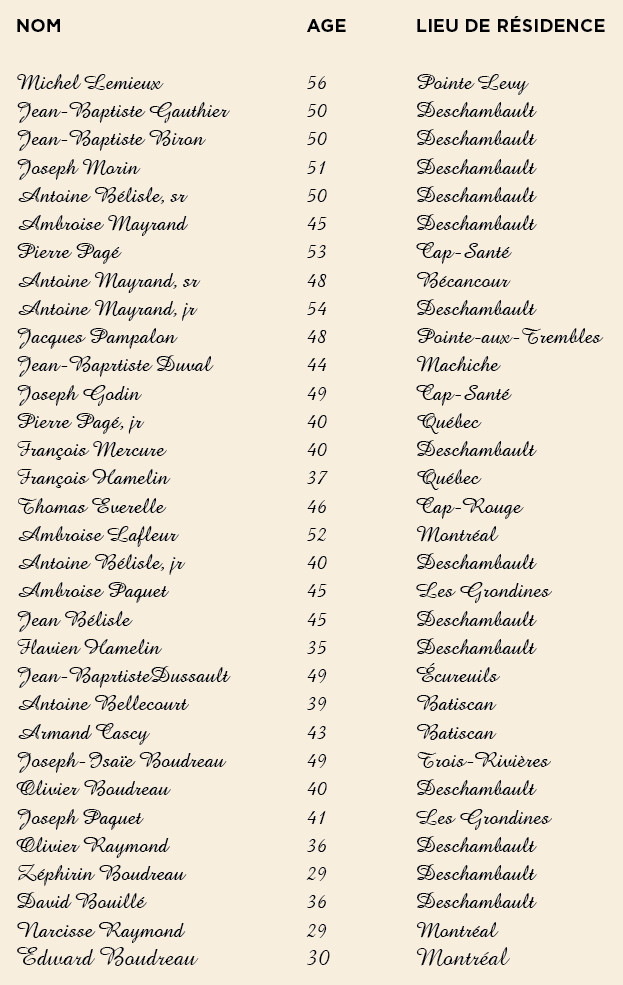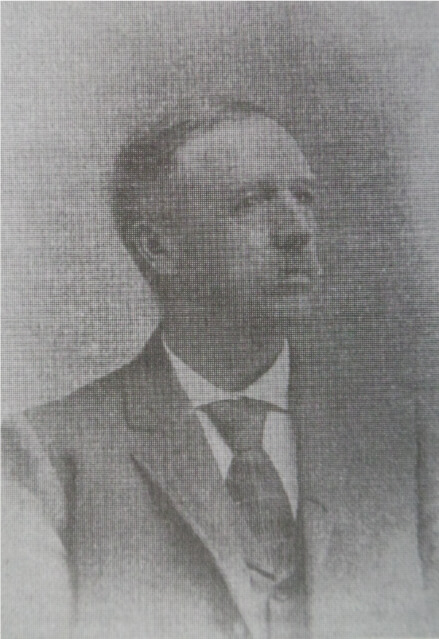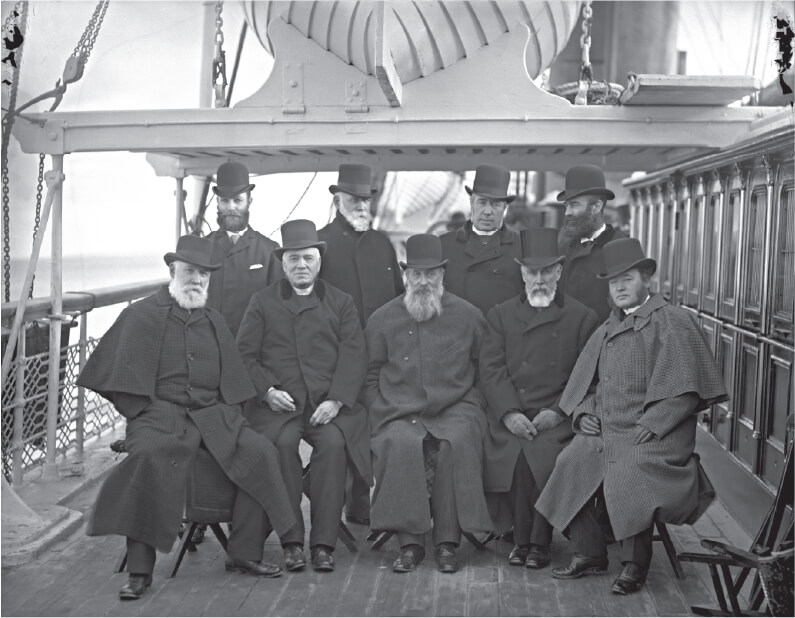Pilotage: a Maritime Tradition
In the early days of New France, the St. Lawrence was the main route by which Europeans arrived. The “grande rivière de sainct Laurens (great St. Lawrence River) was then the backbone and the communication link structuring a New France that stretched to the Gulf of Mexico. This water route was perilous, but essential for the development of the colony. Crews, captains, and pilots are essential. Because of all the dangers it was hiding, at the request of Intendant Jean Talon the Collège de Québec began offering the first courses in hydrography and navigation in 1671.
Among the professors was Louis Jolliet, an explorer and merchant. He opened the way to a long tradition of marine pilotage. He was one of the first, along with Champlain, to chart the river. Thanks to his observations, many captains relied on him to conduct their ships, making him a precursor of the St. Lawrence pilots.
As for the first “royal pilot in New France”, speculation suggests that it was Abraham Martin, the same man who gave his name to Quebec City’s famous plains. He might boast having received this noble distinction on December 27, 1647.
Upper pilots, Lower pilots
In 1717, the king granted the Jesuits the right to award certificates to pilots in the colony of New France. As more pilots were certified and navigation on the river became more organized, pilotage stations were set up, including those at Bic (1730) and Île Verte (1731).
At that time, there exists two neighbouring sectors whose boundaries are established by the Pilotage Act. Under this first “Canadian” pilotage act, the districts of Quebec and Montreal were created. The first section covers the stretch between Île du Bic and Quebec City (lower pilots). The limits for the second section are between Quebec City and Montreal (upper pilots). As a result, Quebec City became a shared area where both “upper” and “lower” pilots embarked and disembarked ships. This name has survived to this day.
A Wind of Change
Between the late 1700s and the early 1800s, a series of decretal orders were passed.
In 1762, Superintendent David Allégéo implemented a regulation that revolutionized pilotage. It became mandatory to hold a pilot’s certificate in order to navigate a ship on the St. Lawrence. Also, the Île Verte pilot station moved to L’Isle-aux-Coudres.
Inspired by the Trinity Houses of London, the Parliament of Lower Canada forms the Trinity House of Quebec City on May 14, 1805. This institution was responsible for regulating pilotage and ensuring improved maritime safety. It has authority over the ports and pilotage on the entire St. Lawrence River.
In 1832, the Parliament will split this organization in two: Quebec and Montreal. Like the Trinity House of Quebec City, the one in Montreal regulates the pilots, the apprentices’ exams, as well as procuring certificates. The Trinity House of Quebec lost its jurisdiction over the entire river. The territory was amputated in favour of the Trinity House of Montreal. In 1839, the limits of its jurisdiction were extended from the Portneuf Basin near Quebec City to the Port of Montreal, including the harbours of Trois-Rivières and Sorel. This expansion continued until 1849, when the western limit of the pilotage district was extended to Pointe-Saint-Charles.
Moreover, in 1805, the Parliament of Lower Canada provided pilots and their families with a form of social security with the creation of a “Disabled Pilots’ Fund”. Thus, 7% of the pilotage fees collected had to be paid into this fund. Initially, there was only one fund for the Quebec City and Montreal districts. Then, in 1812, it was divided into two, one for each sector.
Interesting Fact!
This profession has its share of dangers: injuries, disabilities, and drownings were common in the 19th century. Between 1819 and 1855, 85 pilots and 22 apprentices died, drowned, or disappeared. Also, because of the ice that solidifies towards the end of the fall, and because of the lack of a pilot station at which to disembark, some pilots are forced to make the trip to Europe and return only in the spring.
Who is Silvestre-Cléophas Auger?
Silvestre-Cléophas Auger was born in Saint-Louis de Lotbinière on december 30th 1845. Son of a farmer, he was a pilot on the St. Lawrence River from 1874 to 1914. He was a pilot for the Donaldson Company from 1879 to 1885 and from 1895 to 1911. He also served in a number of piloting and policy-making capacities. Thus:
1882: member and director of the Pilots’ Committee
1885–1891 and 1896–1901: President of the Quebec Pilots Association in Montreal
1902–1903: maritime assessor at the Montreal Pilotage Court
1906–1907: Mayor of Lévis
1909–1912: President of the Lévis Chamber of Commerce
1909–1912: Member of the Quebec City Harbour Commission.
Following the major strike of 1897 between the pilots and shipowners, a Commission of Inquiry was set up to analyze the grievances. Auger presented a brief in which claims included unfair treatment of pilots, inadequate placement and monitoring of buoys, poor channel maintenance and training issues. Thus, the pilot corps is properly represented. Moreover, after the hearings, Auger mentions that “the interested parties were broadly represented and everyone was able to express their opinions and discuss them thoroughly. ‘(Jean Leclerc, Les pilotes du Saint-Laurent de Québec à Montréal au XIXe siècle, 1996)
A strong advocate of the profession and a highly regarded sailor, Auger was involved in various organizations and contributed to making changes from within the structures.
Pilotage Gets Organized
The Pilotage Act established an independent financial district as its basic organization, with pilots working independently either as free contractors or in small companies, under the supervision of a local Commission appointed by the Government as the pilotage authority. […] The term “pilotage district” first appeared, referring to the territory under the pilotage authority.
(Report of the Royal Commission on Pilotage, 1968–1971)
Over the years, the piloting profession became more organized, but not without upsetting certain established practices. In 1873, the Pilotage Act was enacted in the Canadian Parliament and affected all the pilots in Eastern Canada. In 1874, this meant 330 licensed pilots and 59 apprentices. The Act also established five Canadian pilotage districts.
The End of Free Competition
In 1860, a major change occurred with the end of free competition. Until then, the “first come, first on board” rule prevailed within the watch houses (pilot shelters). To ensure a salary, the pilot had to be the first to get to the ships to offer his services. Sailors left from Bic and went to Anticosti Island in rustic sailing boats. Accidents and deaths were frequent. Calling these measures into question, the pilots made a request to the Parliament of the United Kingdom of Canada to pass legislation to put an end to this free competition.
From then on, the allocation of vessels was carried out on a rotating basis. Profits from pilotage services were pooled and are mostly allocated to salaries.
The Montreal Harbour Commission
Although the Trinity Houses were still regarded as the authority, the Commission du Havre de Montréal was created on July 1, 1873. The Trinity House of Montreal was then dissolved and replaced by this new organization. Resulting from a merger between the Port of Montreal Authority and the Pilotage Authority, the Commission had authority over the harbour, the port, and pilotage.
Committee on Pilots, Buoys and Beacons
At the same time that the Montreal Harbour Commission was created (1873), the Committee on Pilots, Buoys and Beacons was born and formed an integral part of this structure. Its role was to manage pilotage and navigation aids for the Montreal District.
The only problem was that no elected pilot from the Licensed Pilots Committee was on the Montreal Harbour Commission when the Committee on Pilots, Buoys and Beacons was created. Although the Deschambault Pilots’ Committee—made up of five members from the Association du tour de role—has frequent exchanges with the Commission concerning pilotage (number of pilots, assignments, etc.), they do not have the right to vote. Their presence is only in an advisory capacity.
On January 18, 1896, the Committee filed a petition with the Commission, signed by 34 pilots. In order to be properly represented, they demanded the presence of their President Silvestre-Cléophas Auger on the Committee on Pilots, Buoys and Beacons.
